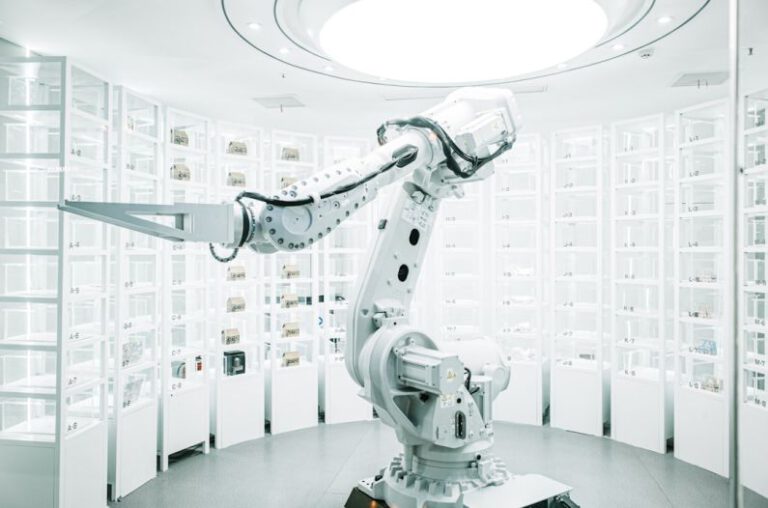Space Elevators: Lifting Towards the Stars
Imagine a world where traveling to space is as routine as taking a flight across the country. A world where space exploration is not limited by the constraints of conventional rocket technology. This seemingly futuristic concept may soon become a reality with the development of space elevators. Revolutionizing the way we access space, these towering structures have the potential to make space travel more affordable, efficient, and sustainable.
The Concept of Space Elevators
At the heart of the space elevator concept is a simple yet revolutionary idea: instead of using rockets to propel spacecraft into orbit, why not use a tether anchored to the Earth’s surface and extending far into space? This tether, often made of advanced materials such as carbon nanotubes, would be connected to a counterweight beyond geostationary orbit. By climbing the tether, spacecraft could reach space without the need for costly and fuel-intensive rocket launches.
Advantages of Space Elevators
One of the key advantages of space elevators is their potential to drastically reduce the cost of space travel. Traditional rocket launches are incredibly expensive due to the high amounts of fuel required to escape Earth’s gravity. In contrast, space elevators would rely on electricity to power the climbers, making them a more cost-effective and sustainable alternative.
Furthermore, space elevators have the potential to make space travel more accessible to a wider range of people. With lower costs and greater reliability compared to traditional rockets, space elevators could open up new opportunities for scientific research, commercial ventures, and even space tourism.
Challenges and Considerations
While the concept of space elevators holds great promise, several challenges must be overcome before they can become a reality. One of the primary obstacles is the development of materials strong and lightweight enough to support the immense stresses placed on the tether. Carbon nanotubes, with their exceptional strength-to-weight ratio, show promise in this regard, but further research and development are needed to scale up production and ensure the safety and reliability of the structure.
Another consideration is the potential impact of space elevators on the environment and existing space infrastructure. Careful planning and coordination will be necessary to ensure that space elevators do not interfere with satellite operations or contribute to the accumulation of space debris.
The Future of Space Elevators
Despite the challenges and considerations, the concept of space elevators continues to capture the imagination of scientists, engineers, and space enthusiasts around the world. As advancements in materials science and space technology continue to progress, the dream of a space elevator lifting us towards the stars may not be as far-fetched as it once seemed.
Looking Ahead
As we look to the future of space exploration, the development of space elevators represents a bold and innovative step towards expanding our reach beyond Earth’s atmosphere. By harnessing the power of advanced materials and engineering, we may soon find ourselves on the cusp of a new era of space travel—one where the stars are within reach for all who dare to dream.






